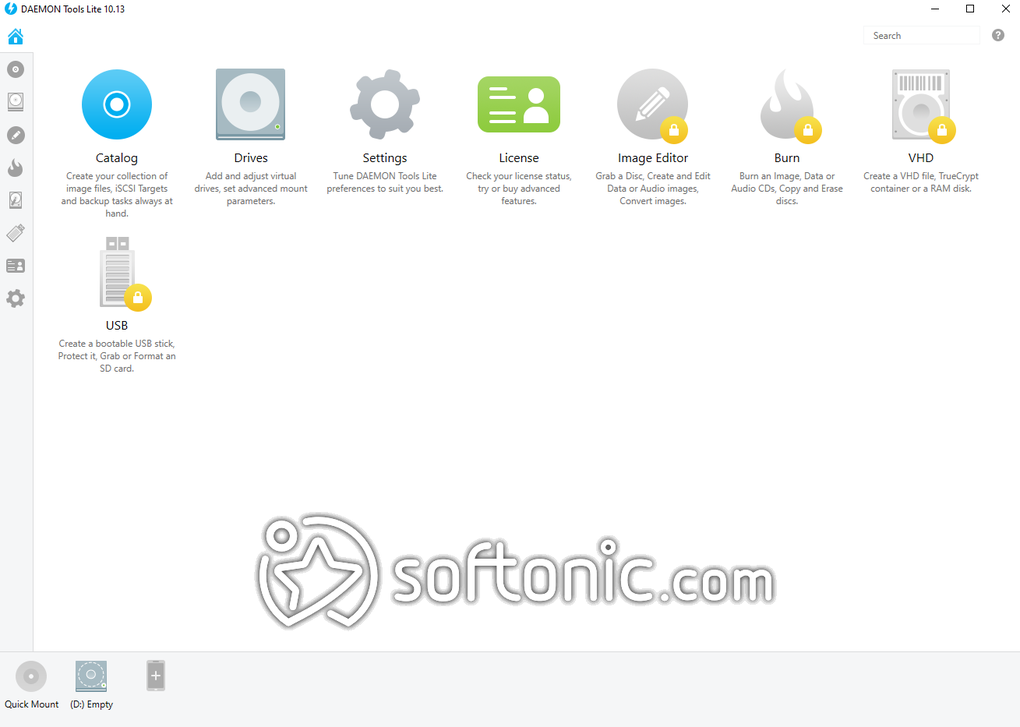
The following contents, to remove the -H argument that is used when starting the daemon by default. To work around this problem, create a new file /etc/systemd/system//nf with

Hosts entry in the daemon.json, this causes a configuration conflict (as in the above message) This means that a host flag -H is always used when starting dockerd. On Debian and Ubuntu systems using systemd, Is when you want to specify a different daemon address from One notable example of a configuration conflict that is difficult to troubleshoot Use the hosts key in daemon.json with systemd Need to override the defaults in these scripts in ways that are specific to the If you are starting Docker using your operating system’s init scripts, you may Note: If you see this specific error, continue to the You may need to adjust your flags or the daemon.json to remove the conflict. If you see an error similar to this one and you are starting the daemon manually with flags, The following directives are specified both as a flag and in the configurationįile: hosts: (from flag:, from file: )

If you use a daemon.json file and also pass options to the dockerdĬommand manually or using start-up scripts, and these options conflict,ĭocker fails to start with an error such as: unable to configure the Docker daemon with file /etc/docker/daemon.json: Troubleshoot conflicts between the daemon.json and startup scripts Threads to be added to the daemon log by sending the SIGUSR signal to theĭocker daemon. The daemon and to aid in troubleshooting. You can enable debugging on the daemon to learn about the runtime activity of If two daemons share the sameĭirectory, for example, an NFS share, you are going to experience errors thatĪre difficult to troubleshoot. You use a dedicated directory for each daemon. Since the state of a Docker daemon is kept on this directory, make sure You can configure the Docker daemon to use a different directory, using the Related to Docker, including containers, images, volumes, service definition, The Docker daemon persists all data in a single directory. Many specific configuration options are discussed throughout the Dockerĭocumentation. When you start Docker this way, it runs in the foreground and sends its logs You may need to use sudo, depending on your operating system Just want to test things out, you can manually run it using the dockerdĬommand. If you don’t want to use a system utility to manage the Docker daemon, or To start automatically at system boot, seeĬonfigure Docker to start on boot. The command to start Docker depends on your operating system.

This makes it easier to automatically start Docker when On a typical installation the Docker daemon is started by a system utility, Start the daemon using operating system utilities The configuration, start the daemon manually, and troubleshoot and debug theĭaemon if you run into issues. Configure and troubleshoot the Docker daemonĪfter successfully installing and starting Docker, the dockerd daemon


 0 kommentar(er)
0 kommentar(er)
